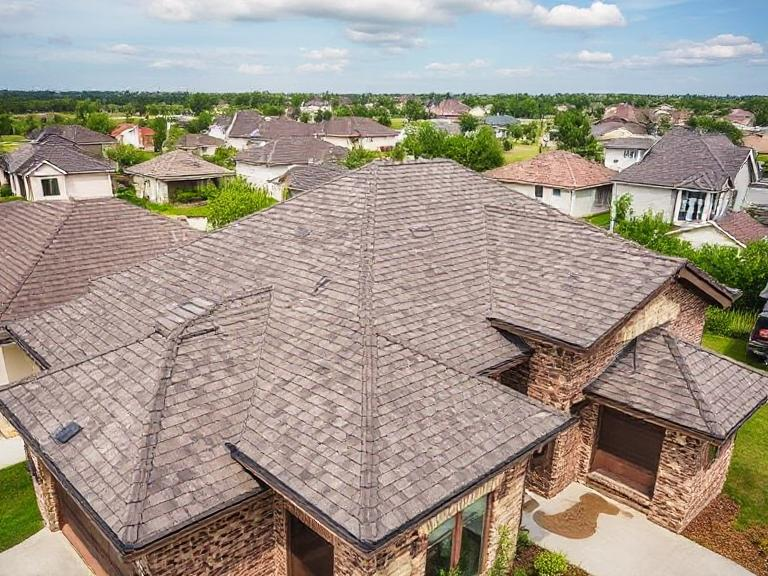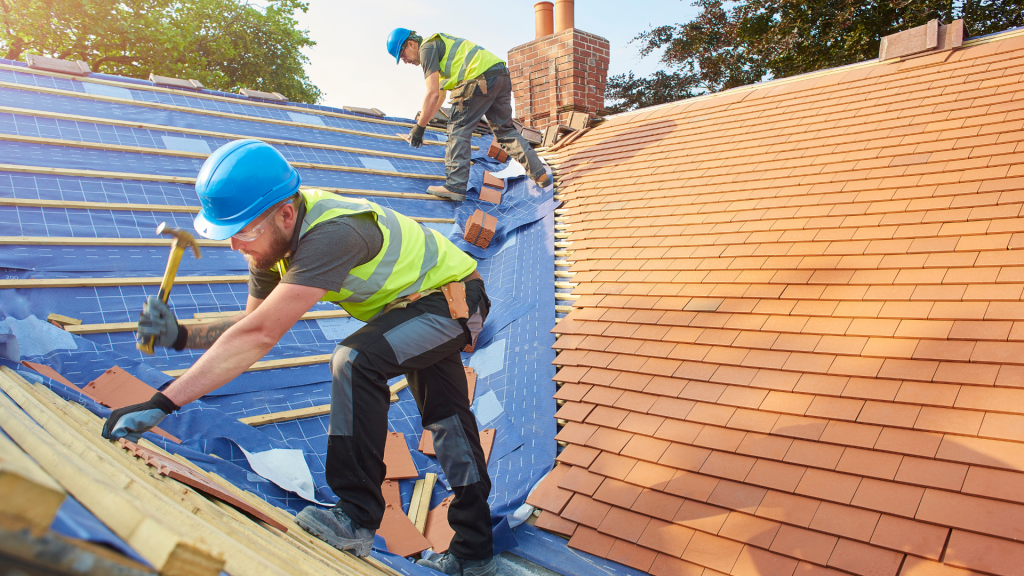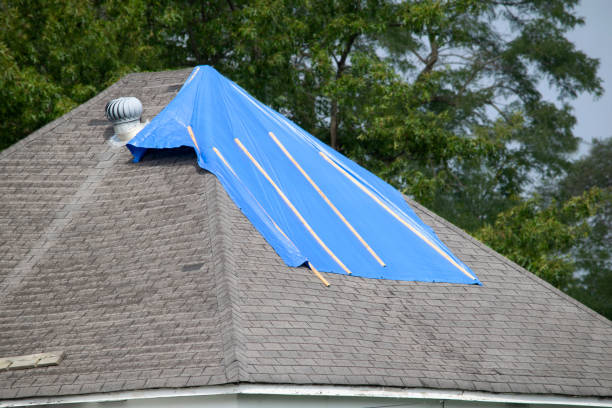Understanding the Roof Damage Claim Process: How Does Filing A Claim For Roof Damage Work?
When it comes to homeownership, one of the most significant investments is your roof. It protects your family, belongings, and the very structure of your house from the elements. However, roofs can face a multitude of issues over time, ranging from wear and tear to severe damage caused by storms or other calamities. If you find yourself in a situation where your roof has been damaged, navigating the roof damage claims process can be daunting. This article aims to provide you with a comprehensive understanding of how to file a roof damage claim, what insurance typically covers, and valuable tips to make the process as smooth as possible.
What Are Roof Damage Claims?
Roof damage claims are requests made by homeowners to their insurance companies for financial compensation after their roofs have suffered damage. These claims can arise from various incidents such as:
- Severe weather events like hailstorms or hurricanes
- Falling trees or branches
- Fire damage
- Age-related wear and tear
Why Are Roof Damage Claims Important?
Understanding the significance of roof damage claims helps homeowners recognize their rights when dealing with insurance companies. A successful claim can alleviate financial burdens associated with repairs or replacements, ensure safety and security for residents, and protect property value.
The Basics of Filing a Roof Damage Claim
Filing a roof damage claim involves several steps that require careful attention to detail. Here’s how you can get started:

Step 1: Assess the Damage
Before you even think about filing a claim, it's crucial to take stock of what you're dealing with.
Step 2: Understand Your Policy
Every homeowner's insurance policy is different. Some key things to look out for include:
- What type of coverage do you have? (Actual cash value vs replacement cost)
- Are there exclusions listed in your policy?
- What is your deductible?
Step 3: Report the Claim
Once you've gathered all necessary documentation and understood your policy:
Understanding Insurance Coverage for Roof Damage
Most homeowners insurance policies cover specific types of roof damage but not all situations fall under standard coverage.
Types of Coverage Typically Found in Policies
- Protects against damages caused by covered perils.
- May cover personal belongings damaged due to roof leaks.
- Protects against lawsuits if someone gets injured on your property due to roof-related issues.
Common Exclusions in Roof Coverage
- Normal aging isn't typically covered.
- Failure to maintain your roof can void coverage.
- Standard policies usually don't cover flood-related damages; separate flood insurance may be necessary.
Tips for Filing a Successful Roof Damage Claim
So you’ve collected evidence and contacted your insurer—what’s next? Here are some handy tips:
Tip 1: Be Proactive with Communication
Maintain open lines of communication with your insurance adjuster throughout the process. Ask questions if anything is unclear!
Tip 2: Get Repair Estimates
Before repairs begin:

Tip 3: Keep Detailed Records
Save all correspondence with insurance agents, contractors, receipts from repairs made immediately following the incident—these records can expedite processing times!
Common Challenges in Roof Damage Claims
Filing a claim isn’t always straightforward; expect some common hurdles along the way:
Delays in Processing Claims
Insurance companies often take time reviewing claims due to high volumes or internal Wylie roofing services contractor processes—patience pays off here!
Underestimating Damages
Sometimes insurers might overlook certain damages during their assessment—if this happens speak up! Request another inspection if necessary.
FAQs About Roof Damage Claims
Here are some frequently asked questions regarding roof damage claims that might help clarify any uncertainties:
FAQ 1: How long do I have to file a roof damage claim?
Typically, most states allow between one to three years post-damage occurrence; however, check local laws for specifics!
FAQ 2: Can I handle my own repairs before filing a claim?
Yes! Just remember—document everything thoroughly before making any repairs so proof remains intact!

FAQ 3: Will my premiums go up after filing a claim?
It’s possible! However, rates vary based on factors like loss history & state regulations so ultimately it depends on individual circumstances.
FAQ 4: What should I do if my claim is denied?
Don’t panic! First read through denial reasons carefully then consider appealing using supporting evidence for reconsideration.
FAQ 5: Does homeowners’ insurance cover wear and tear on roofs?
Generally no; typical policies exclude normal wear & tear unless explicitly stated otherwise within policy clauses outlining specific inclusions/exclusions related specifically towards roofing materials used!
FAQ 6: Should I hire a public adjuster?
If navigating complex claims feels overwhelming hiring an independent public adjuster may help streamline processes while ensuring maximum compensation received!
Conclusion
Understanding the roof damage claim process is essential for every homeowner who wants peace of mind when facing repair needs after unfortunate incidents occur involving roofing systems! By following these guidelines—from assessing damages accurately through effective communication strategies—you’ll significantly improve chances at successful outcomes down road ahead during times where stress levels run high amidst potential financial implications tied directly back towards homeownership responsibilities overall too! Always remember keeping thorough documentation throughout each step provides solid foundation upon which future decisions made moving forward rely heavily upon those initial findings documented early-on right away too!
With proper preparation and knowledge about what insurances typically cover regarding these matters at hand together along side tips shared throughout this article here today should empower readers seeking clarity within complicated waters often found surrounding topics related towards filing successful roofing-related claims alike ultimately leading toward brighter days ahead filled hopeful anticipation concerning desired outcomes achieved successfully through diligent efforts invested into crafting meaningful results pursued diligently each step taken along journey forward thereafter too!